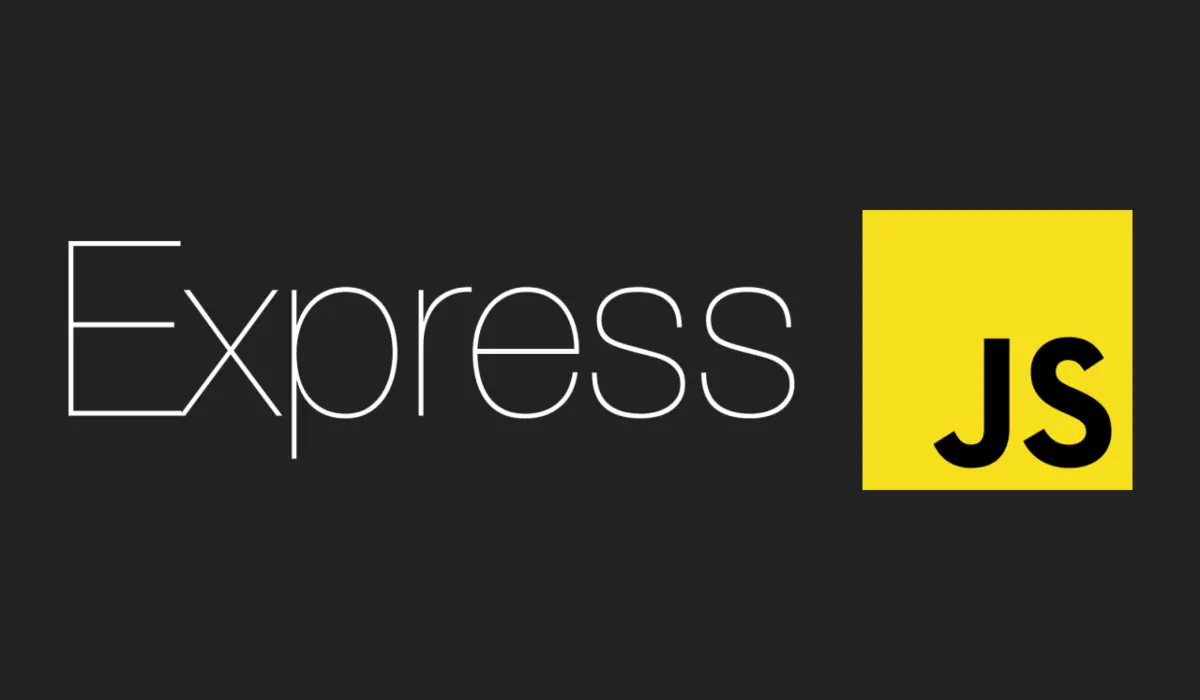Express.js: Using Templating Engines (EJS, Handlebars)
 M B A R K
M B A R K
In this article, we’ll explore how to use templating engines in Express.js, specifically EJS and Handlebars. Templating engines allow us to dynamically generate HTML on the server, helping create more interactive and data-driven web applications.
What is a Templating Engine?
A templating engine enables developers to embed JavaScript logic in HTML files, helping dynamically populate HTML with data. In Express.js, common templating engines include:
EJS (Embedded JavaScript): Offers an easy syntax and flexibility for rendering HTML with JavaScript.
Handlebars: Provides a logic-less templating approach with a cleaner syntax.
Setting Up a Templating Engine in Express
Step 1: Installing Dependencies
Choose the templating engine to install. Here’s how to install both EJS and Handlebars.
npm install ejs
npm install express-handlebars
Step 2: Configuring EJS in Express
In your
app.ts, set EJS as the view engine.Create a folder named
viewsin the root directory for EJS template files.
import express from 'express';
const app = express();
app.set('view engine', 'ejs');
Step 3: Creating an EJS Template
Create an index.ejs file in the views folder.
<!DOCTYPE html>
<html lang="en">
<head>
<meta charset="UTF-8">
<meta name="viewport" content="width=device-width, initial-scale=1.0">
<title>Home</title>
</head>
<body>
<h1>Welcome, <%= userName %>!</h1>
</body>
</html>
Step 4: Rendering the Template with Data
Create a route in app.ts to render the EJS template with data.
app.get('/', (req, res) => {
res.render('index', { userName: 'Express User' });
});
app.listen(3000, () => {
console.log('Server running on http://localhost:3000');
});
Using Handlebars with Express
To set up Handlebars, follow these steps:
Import and configure Handlebars in
app.ts.import express from 'express'; import { engine } from 'express-handlebars'; const app = express(); app.engine('handlebars', engine()); app.set('view engine', 'handlebars');Create a Handlebars template, such as
home.handlebars, in theviewsfolder.<!DOCTYPE html> <html lang="en"> <head> <meta charset="UTF-8"> <meta name="viewport" content="width=device-width, initial-scale=1.0"> <title>Home</title> </head> <body> <h1>Hello, {{userName}}!</h1> </body> </html>Update your route to render this template:
app.get('/', (req, res) => { res.render('home', { userName: 'Express User' }); });
Conclusion
With EJS and Handlebars, Express.js applications can dynamically serve HTML based on server-side data. This can enhance interactivity while keeping server responses efficient and well-structured.
Subscribe to my newsletter
Read articles from M B A R K directly inside your inbox. Subscribe to the newsletter, and don't miss out.
Written by

M B A R K
M B A R K
I’m a passionated .NET/C# developer, who likes to play around with C# and see how much I can do with it.